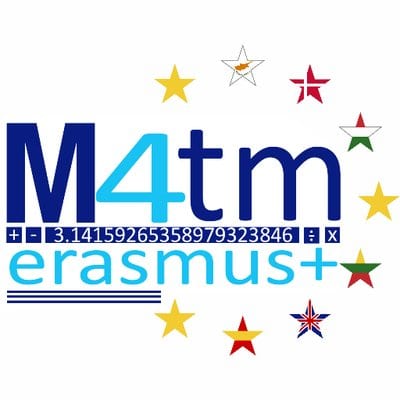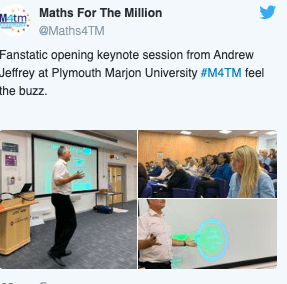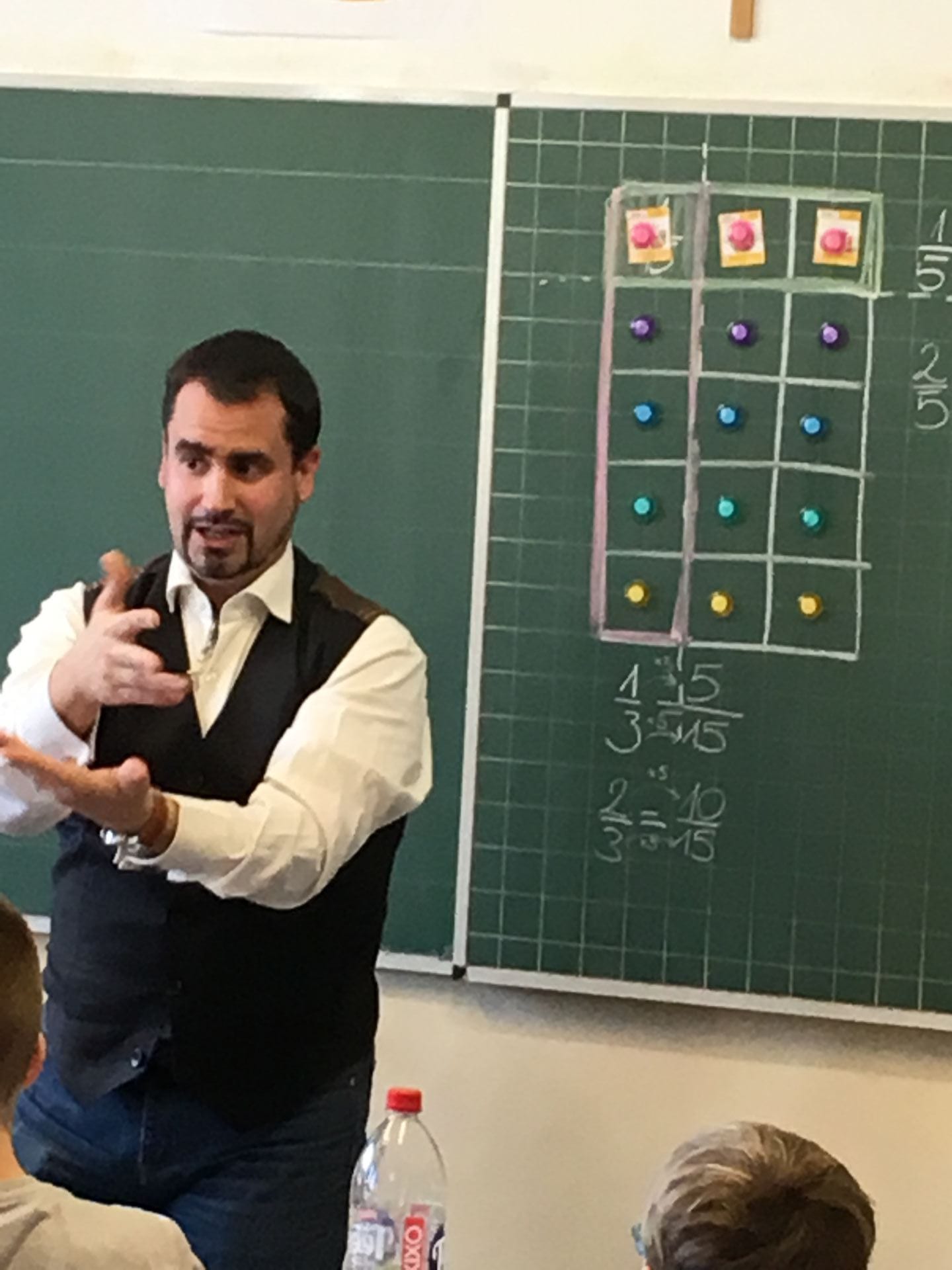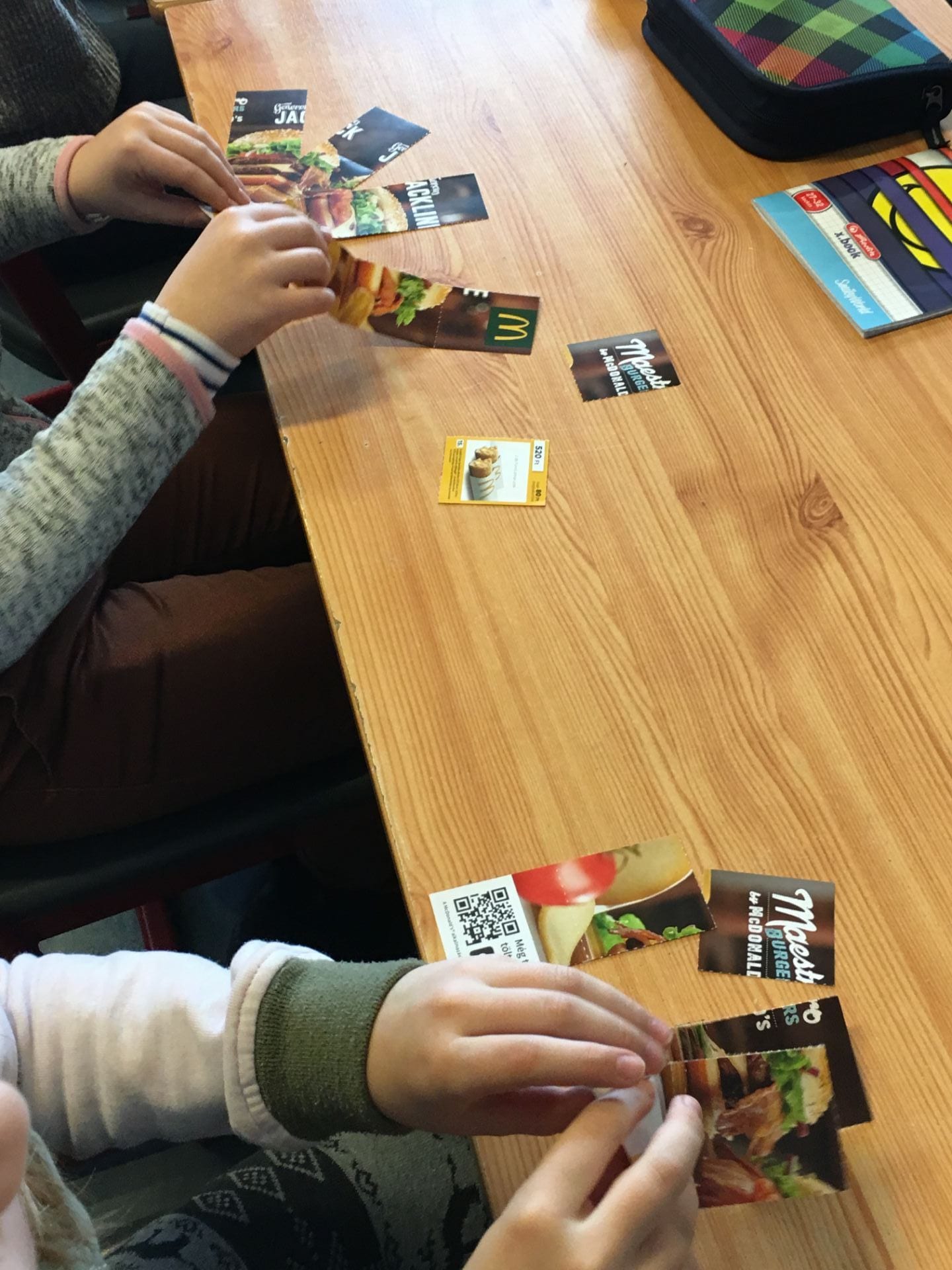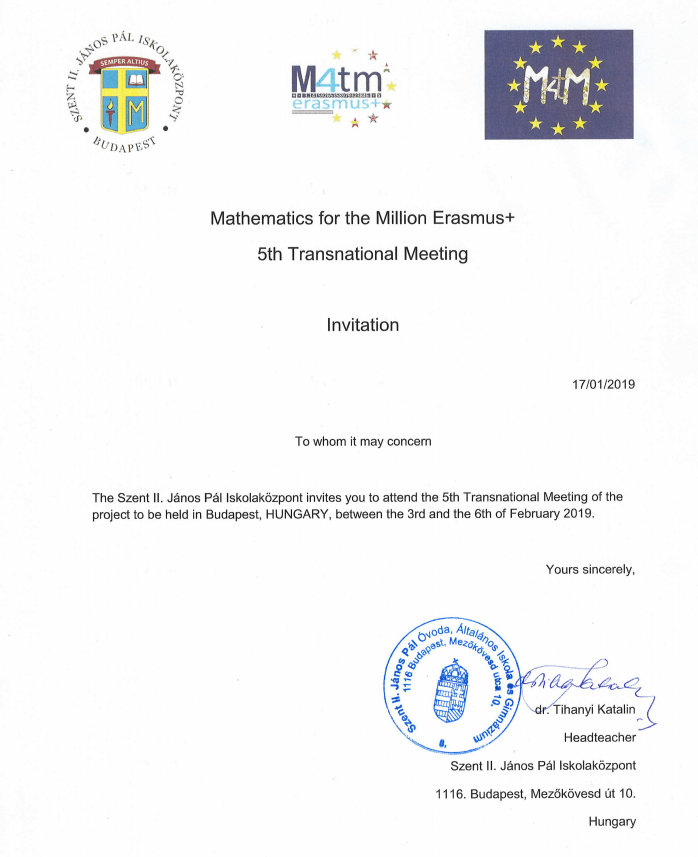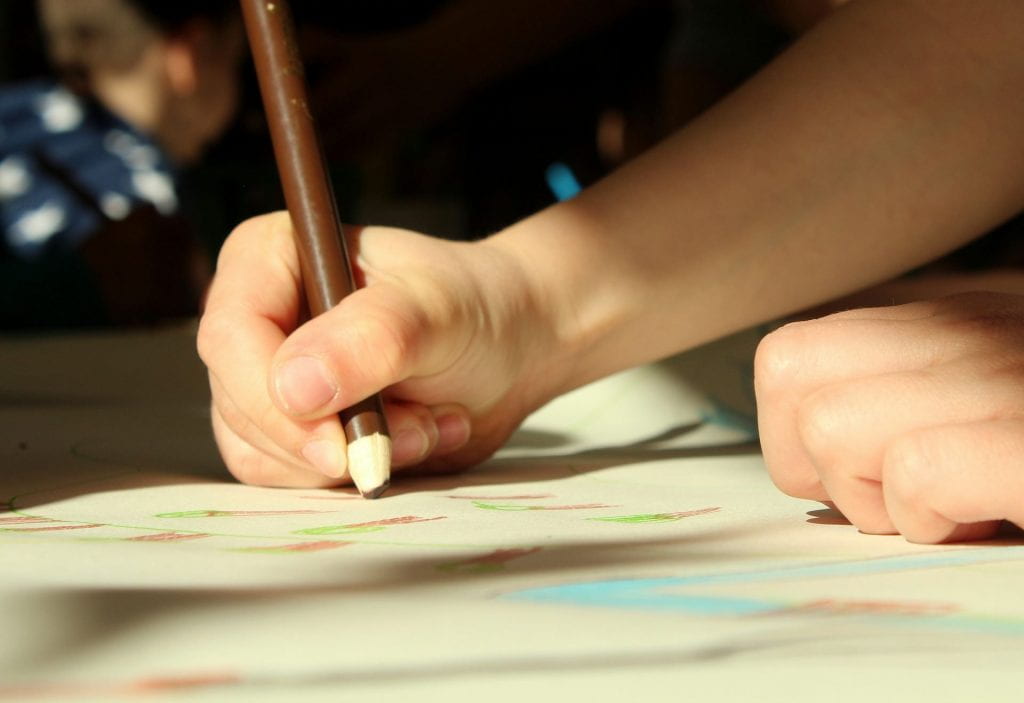 When the Maths for the Million project started, I was a Y2 teacher in my 4th year of teaching. I had developed a passion for teaching maths and I am particularly interested in how all children learn maths in different ways. My experience with the project definitely encouraged me to broaden my views of how to approach teaching maths and collaborating with the international partners meant that I was given the opportunity to experience ways that maths was taught in different countries.
When the Maths for the Million project started, I was a Y2 teacher in my 4th year of teaching. I had developed a passion for teaching maths and I am particularly interested in how all children learn maths in different ways. My experience with the project definitely encouraged me to broaden my views of how to approach teaching maths and collaborating with the international partners meant that I was given the opportunity to experience ways that maths was taught in different countries.
My involvement with creating the practitioner based research card required me to reflect on the practice that already existed in my own school and the emphasis on the use of manipulatives to enhance children’s learning. This was not only beneficial to my own professional development but also the professional development of fellow colleagues. Once I had shared our card with the other international partners it also initiated the discussion around the manipulatives and outdoor learning that was already going on in their schools.
As part of the project I was very lucky to have the opportunity to visit many other countries and I believe that only then can you really understand the potential cultural differences, the curriculum and the priorities for education in each country. I particularly remember visiting the school in Hungary and how I was instantly struck by how traditional the setting was. As soon as we entered the classroom we saw the children sat in rows, working through their individual textbooks something that, in the UK, does not often happen anymore. However, it soon became apparent that the project was already having an impact here; certain teachers we saw had had the opportunity to visit Marjon University in Plymouth and experienced varied teaching training which was then reflected in their developing practise. One teacher was using McDonalds vouchers to teach fractions whilst another was using lots of practical resources to teach capacity. After talking to one of the Hungarian teachers, who was a similar age to me, it was fascinating to see and hear how the project was reigniting his passion for teaching and opening his eyes to new ways of teaching maths.
I feel very lucky to have been a part of the Maths for the Million project. It has enabled me to visit lots of different countries all over Europe, learn new things about myself as a teacher and general practise as well as meet new people who I have developed successful working relationships with and with whom I hope to continue working. Thinking a little closer to home, it has also given me the chance to work with and learn from teachers within my own federation who I might not have been lucky enough to work with during regular circumstances.
